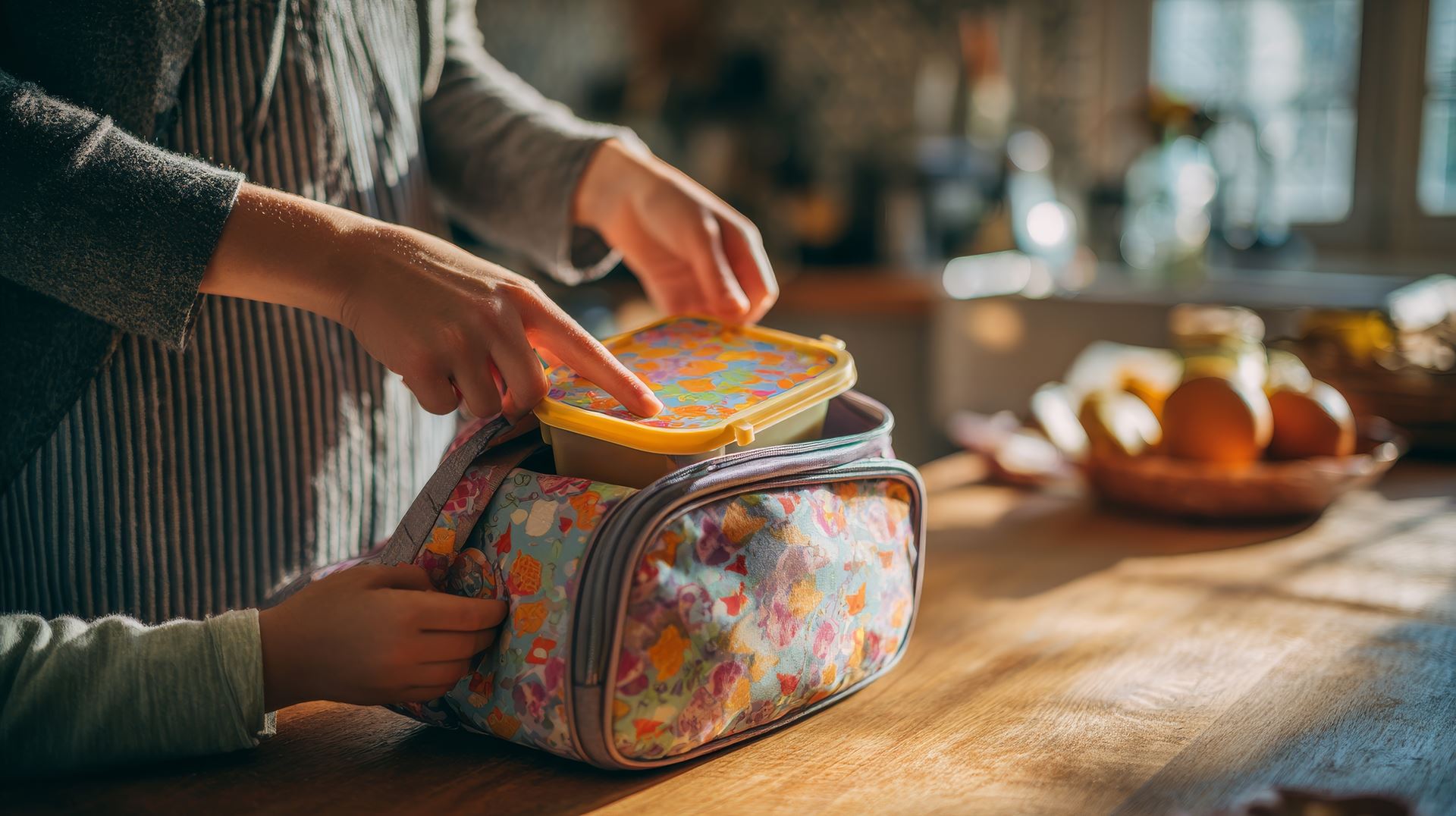Curriculum connections
This activity supports Saskatchewan’s Health Education learning outcomes for grades 3–5.
|
Subject/ grade |
Learning outcome |
|
Determine the role of a variety of healthy foods and physical activity on the health and development of the mind, body, and immune system. |
|
|
Assess what healthy eating and physical activity mean for pre/adolescence. |
|
|
Analyze personal eating practices.
|
✍🏽 Using the prompts from the Teacher Handbook for peer and group discussions supports students in goals related to “Compose and Create” in the English Language Arts curriculum.
Try these classroom discussion questions!
✨ We created this curriculum-aligned resource in partnership with a curriculum specialist to help you integrate these activities into K–12 learning. Every class is different – so feel free to use this guide as a starting point and adjust for your unique learners. ✨
What shapes students’ food decisions
💛 Every family’s approach to meals looks different. The Lunch Box Guide encourages students to make food choices that reflect their personal preferences, routines, and what’s available to them. Taste, appetite, family food traditions, and health needs all play a role. So do practical things like time, money, kitchen tools, and support at home.
We know that no two households are the same, which is why this guide is meant to be flexible. Students and their families are invited to adapt the resource in ways that feel realistic and meaningful to them.
